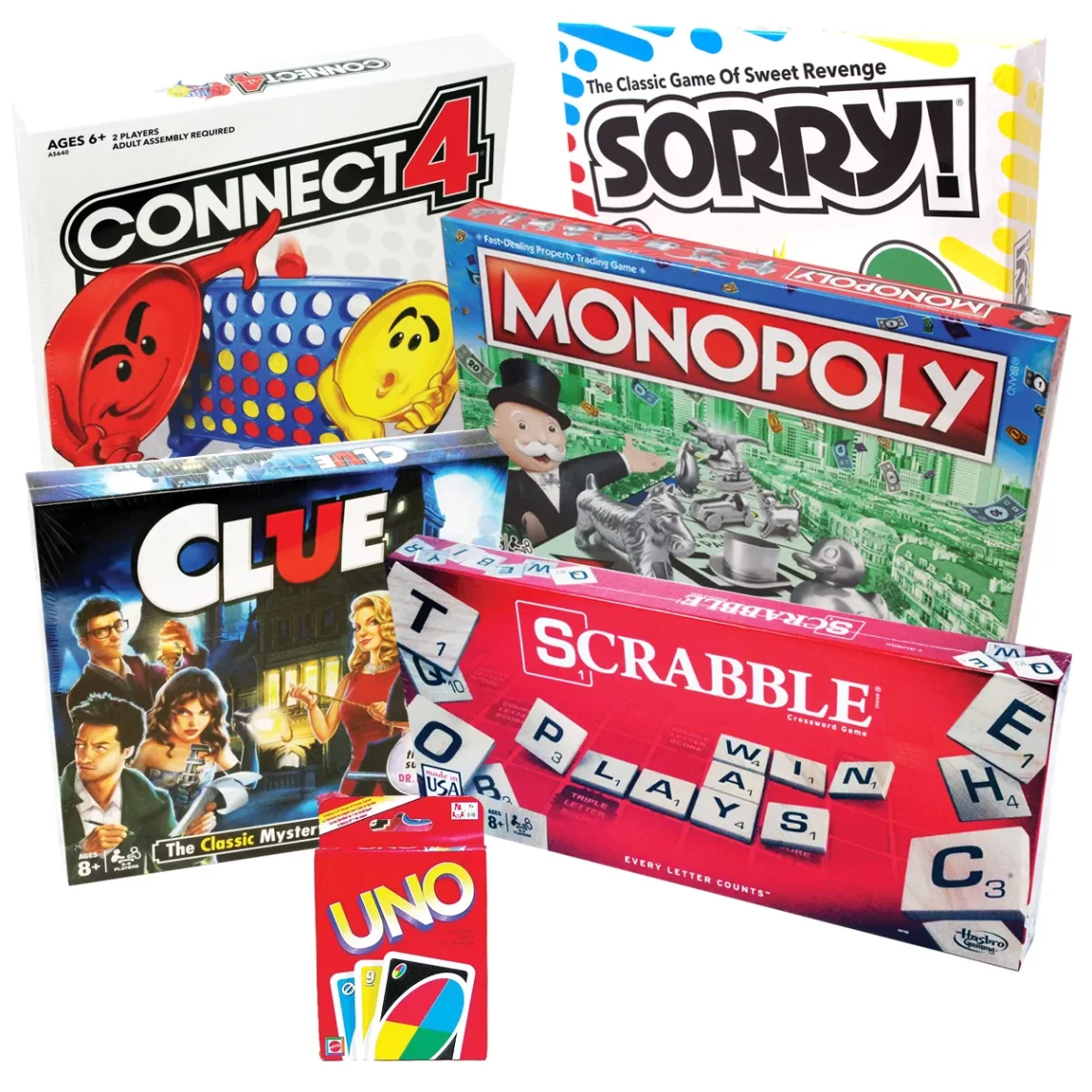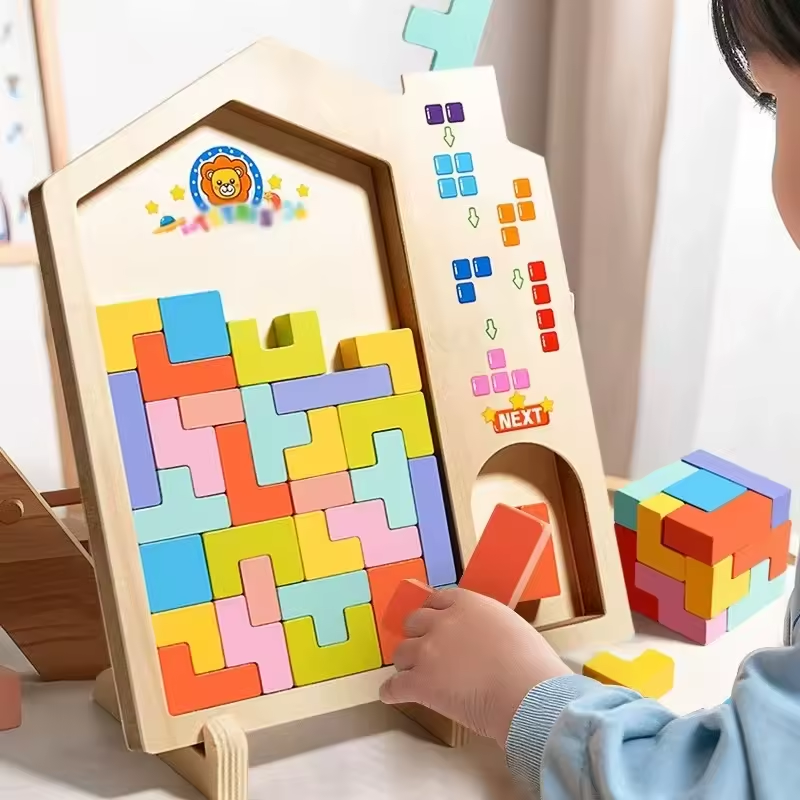Introduction to World’s Top Board Games
Board games bring people together for fun and challenge. Different games dominate popularity charts across the world. They range from strategic masterpieces to quick party games. Each game has unique rules and appeals to various age groups. Our journey through the world’s most popular board game begins here. We will explore how these games capture hearts globally and what makes them stand out.
Examining Cultural Impacts on Board Game Popularity
The most popular board game does not simply entertain. They reflect cultural values and historical contexts. The way board games are embraced or evolved in different regions can tell us a lot about the local culture. For instance, games that emphasize strategy may resonate more in regions that value careful planning and foresight. In contrast, fast-paced, luck-based games might be more popular in cultures that value spontaneity and risk-taking.
Understanding the Appeal in Different Regions
In European countries, games like Chess and Go have long histories. They emphasize strategic depth and skill over luck. This aligns with a cultural appreciation for mastery and dedication. On the other hand, in North America, games like Monopoly, which mix strategy and luck, are hugely popular. This reflects a society that values opportunities, both planned and unforeseen.
In Asia, particularly in countries like Japan and China, games such as Shogi and Xiangqi are not just pastimes but also a part of the educational fabric. They are taught to children from a young age to build strategic thinking and decision-making skills. This educational approach shows the cultural importance placed on mental sharpness and tactical acumen.
Social Dynamics and Board Games
The social aspect of board gaming also cannot be ignored. Many games are designed around building or betraying alliances. This interactive nature of board games can help strengthen communal ties and offer a form of social training. In cultures where community and family are focal points, board games become a medium for enhancing social bonds and teaching values like teamwork and negotiation.
In summary, the popularity and design of board games are deeply influenced by cultural elements. They are tools for entertainment, education, and social connection, reflecting the values and practices of the societies that adopt them.
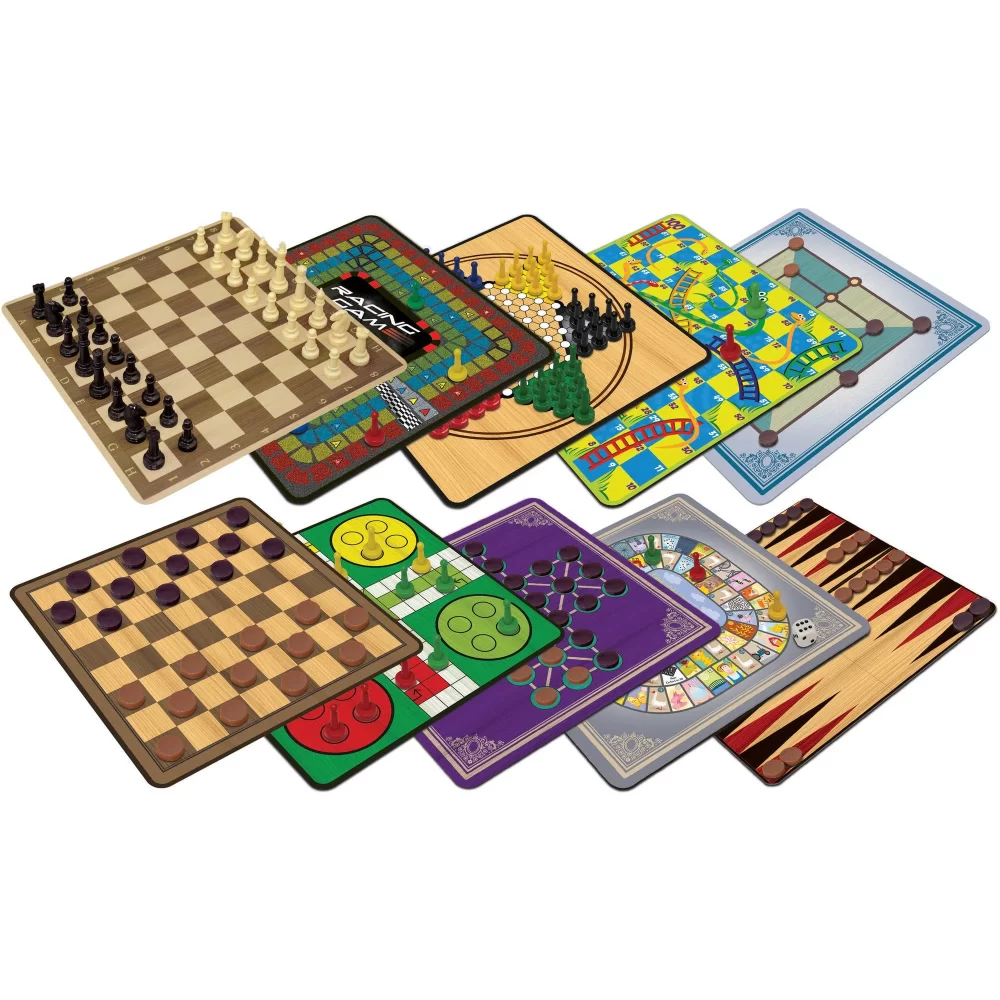
The Evolution of Classic Board Games
The most popular board game has stood the test of time, evolving with the ages. These games started as simple pastimes and have become complex entities mirroring societies’ growth. From wood and stone to the digital interface, classic board games have transitioned seamlessly into the modern era, ensuring their legacy endures. Chess, for example, an age-old symbol of strategic warfare, now thrives in online communities. It has preserved its intricate tactics while adapting to the pace of today’s world.
The most popular board game like Go and Backgammon have also evolved. New variants and rules enhance their appeal to today’s audience. These modifications fit the changing tastes and preferences of players. Go, with its deep strategic roots in East Asia, maintains its cultural significance while gaining a global following. The minimalistic style of these classics has been a key factor in their longevity, allowing easy adaptation to varying cultures and times.
Even the humble Checkers, known for its simple gameplay, has found new life through international tournaments. Such events highlight the game’s competitive edge and its potential for nuanced strategy. With each generation, these classic board games gain new admirers. They encourage critical thinking and remain relevant through thoughtful evolution.
Their transformation mirrors human progress, showing us how tradition and innovation can blend. These games teach timeless lessons and provide endless entertainment. They are not only relics of the past but also signposts leading to the future of gaming.
Strategic Masterpieces: A Look at the Favorites
Strategic board games challenge the mind and provide a test of foresight and cunning. Players often gain a sense of achievement from mastering these most popular board game. Let’s delve into some of the most popular strategic masterpieces that have captured the attention of players worldwide.
Chess stands as the quintessential game of strategy. Dating back centuries, its endurance highlights its depth and intellectual challenge. It requires players to anticipate opponents’ moves, balance offense and defense, and navigate through an intricate dance of pieces.
Go, another ancient game, offers a visual and mental battle. It is known for its minimalistic design yet profound strategic possibilities. Players place stones to control territory, aiming for the most points. Its simple rules give way to a lifetime of learning.
Modern strategic board games have also emerged. Games like Catan captivate players with resource management and trade. Successful players balance expansion with defense. They negotiate with others and make strategic decisions that impact their success.
Games like Ticket to Ride also excel in strategy. Players build railway routes across a map. They choose paths wisely and block competitors, aiming to connect distant cities before the game’s end.
These games not only provide mental stimulation but also encourage healthy competition. They are favorites at game nights, bridging generations and fostering an environment where tactics and forward-thinking prevail.
In conclusion, strategic board games stand as intellectual challenges and social cornerstones. They test players’ analytical skills, enhance decision-making, and deepen friendships. They remain favorites for those who relish strategy and competition.
Party Games and Social Interaction
Party games are a shining star in social gatherings, lighting up any game night. Known for their lively, interactive elements, these most popular board game make players laugh, debate, and bond. When scoring and competition take a backseat to fun, friendships thrive. Games like Wavelength and Anomia show us just how vibrant a game can be.
Dynamic Gameplay That Engages Everyone
A key draw of party games is their ability to engage everyone. Devoid of long waits and complex setups, these games are simple to learn. This means all players, regardless of experience, can jump right in. The focus on interaction often leads to hilarious debates and shared laughter.
Bridging the Gap Between Players
Party games excel at bridging gaps between players. They create an environment of collaboration and competition that connects well with all. This blend encourages a sense of togetherness, turning strangers into friends as they play. Anomia, for example, makes quick wit and reflexes the center of attention, sparking instant camaraderie.
Creating Lasting Memories
More than winners and losers, these most popular board game creates memories. The shared experience of navigating prompts in Wavelength, or the frenzy of a face-off in Anomia, lives on in players’ stories. These lasting impressions form the core of why party games are a favorite around the world.
A Range of Themes and Formats
Party games also offer a wide range of themes and formats. From word association to guessing and acting, there is something for every taste. This variety guarantees fresh excitement and challenges each time you play. They continually adapt to the times, becoming classics in their own right.
In essence, party games are about the joy of interaction. They bring people together, creating laughter and joy. They offer a break from the intensity of strategy games and celebrate the spirit of community play.
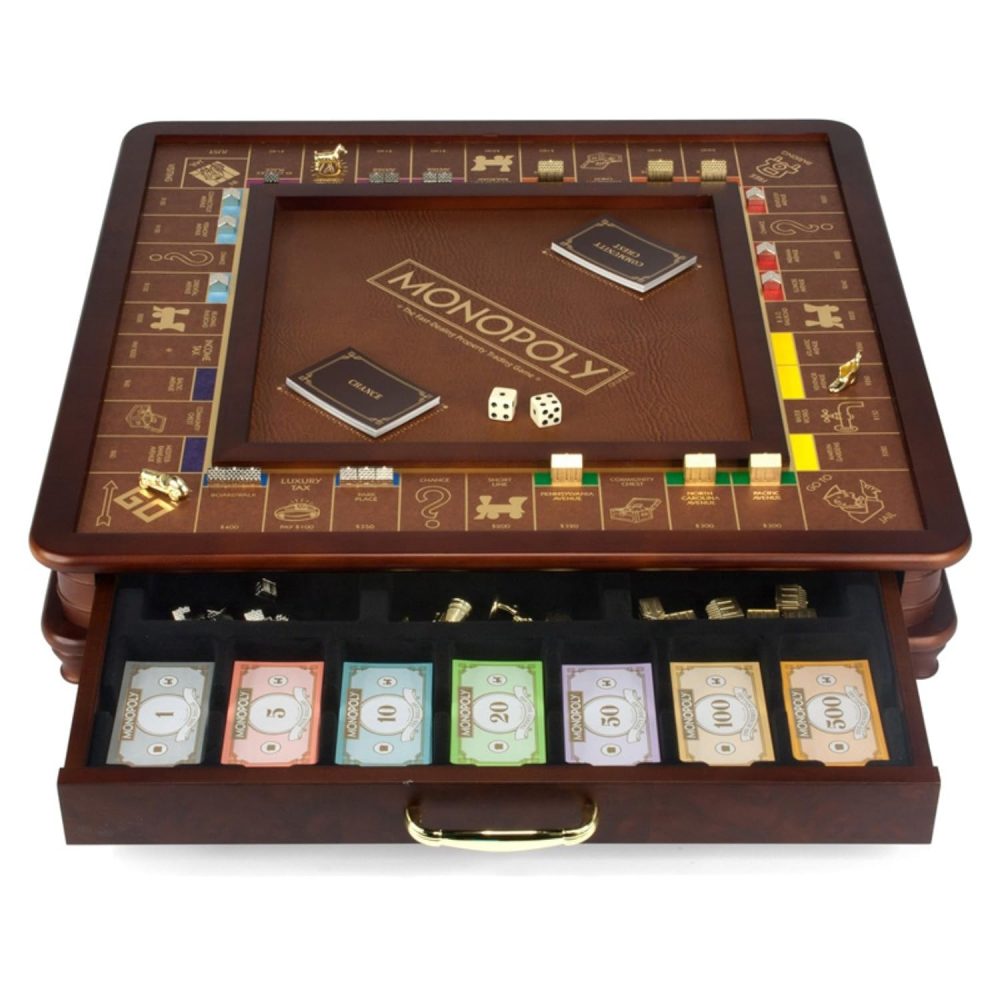
Adventure and Role-Playing Game Phenomena
Adventure and role-playing games (RPGs) offer immersive experiences. Players enter fantasy worlds and live through their characters. Games like ‘Betrayal at House on the Hill’ and ‘Mysterium’ showcase this trend. They ignite imagination and create deep narratives that players love.
Engaging Storylines and Character Development
In RPG board games, storytelling is key. Players get attached to their characters. They develop them over time, enhancing skills and making crucial choices. These games often have multiple outcomes, adding replay value.
Cooperative Teamwork and Solo Adventures
Many RPGs encourage teamwork. Players unite to defeat challenges or complete quests. ‘Pandemic Legacy: Season 1’ is a prime example. It combines strategy with an ongoing story. Solo adventures are also popular. Some games offer a one-player mode, allowing solo enjoyment anytime.
Rich, Expansive Game Worlds
These games create vast worlds to explore. ‘Star Wars: Outer Rim’ lets players adventure through the galaxy. With every move, they uncover new areas, characters, and quests. The rich details in these worlds keep players coming back for more.
Enhancing the Experience with High-Quality Components
Quality pieces and artwork make these games stand out. ‘Sherlock Holmes Consulting Detective’ uses detailed materials to set the scene. This makes the gameplay more engaging and visually appealing.
In short, adventure and RPG board games transport players into new realms. They offer a mix of deep strategy, teamwork, and rich storytelling. This genre has a strong following for its ability to create captivating experiences.
Educational and Family-Friendly Choices
Board games serve as excellent educational tools for both children and families. Many popular games offer the perfect blend of learning and fun. They help develop skills like critical thinking, problem-solving, and cooperative play. Let’s take a closer look at some games that are not only entertaining but also enriching.
Games That Teach and Entertain
Educational games come in various forms. They can focus on math, language, or history. Some games make learning these subjects enjoyable. They turn lessons into challenges, making them more engaging for kids.
Family Games for All Ages
Family-friendly games are designed to include everyone. They often have simple rules and play quickly. Examples include classic games like ‘Scrabble’ or newer ones like ‘Ticket to Ride.’ Such games cater to a range of ages, allowing family members to play together.
Building Skills Through Play
These games build valuable skills in a playful setting. For instance, strategy games can encourage logical thinking. This helps players of all ages think ahead and make better decisions.
Beyond the Game Board
Educational games can also extend beyond the board. Some involve physical activities or digital interaction. These enhance the playing experience and cater to different learning styles.
In conclusion, educational and family-friendly games provide a fun way to learn and bond. They’re perfect for game nights that combine entertainment with personal development. Just like party and adventure games, they hold a special place in the world of board gaming.
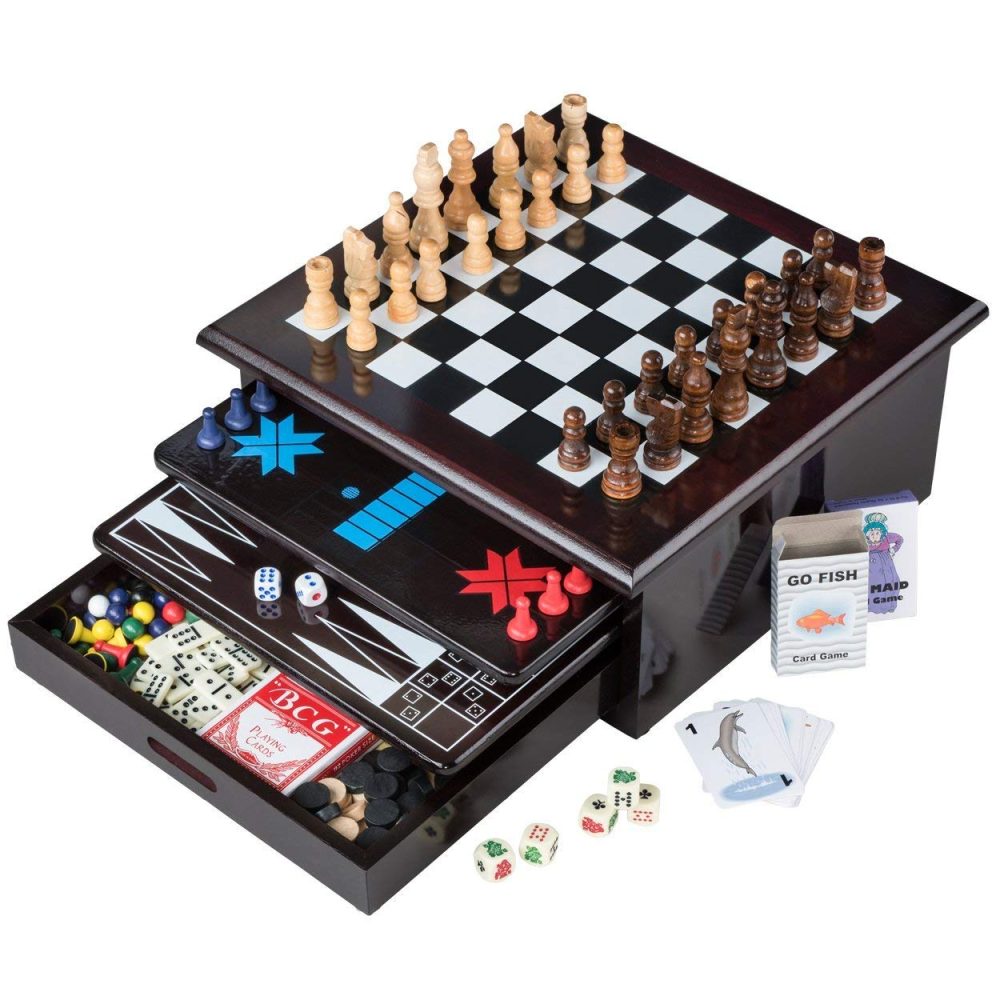
Modern Innovations in Board Game Design
The board game industry has seen innovative changes in recent years. Designers create games that inspire minds and entertain. They combine traditional play with fresh technology. This evolution keeps board games relevant and exciting. Let’s look at how modern board games have advanced.
Enhanced Interaction through Technology
Games now include apps and digital components. This tech enhances game play. It brings new experiences to classic board game formats. Players can enjoy sound effects, digital scorekeeping, and interactive challenges. These features add depth to gameplay.
Design that Draws Players In
Modern board games shine in design and art. Unique themes and quality materials offer a visual treat. They also improve how the game feels to play. Beautiful games attract more players and make game nights special.
Complex Worlds in a Box
Designers build games with complex stories and vast worlds. These games let players explore and discover. Detailed narratives push the boundaries of traditional board games. This trend hooks players for longer and brings them back for more.
Accessibility for All
Inclusive design is a focus now. Games are more accessible for different ages and abilities. Designers consider colorblindness and include various play modes. This ensures more people can enjoy the world of board gaming.
Social Play Without Borders
Online platforms let friends play together, even from afar. Distance does not stop game night. It makes board games a choice for social connection across the globe.
Modern board game design makes waves in the gaming community. It blends the old with the new. Enhanced tech, design, story depth, accessibility, and online play transform the experience. These innovations ensure that board games remain a loved pastime. They offer something for everyone to enjoy.
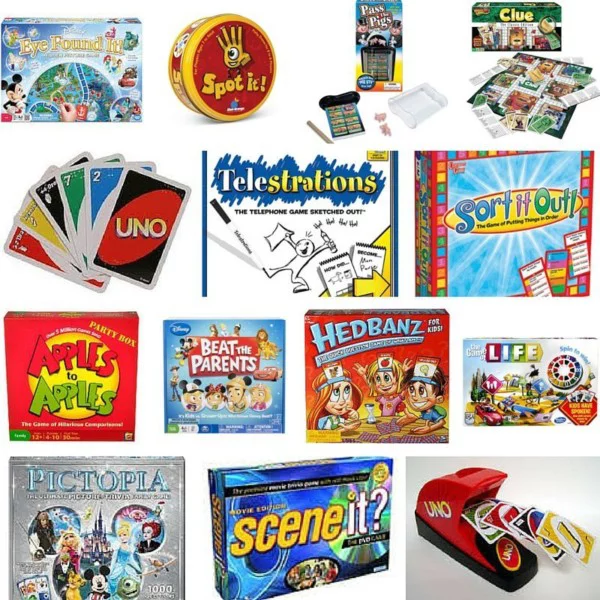
Conclusion: The Unifying Power of Board Games
Board games are more than just a way to pass time. They are a global language that brings people together. From classic favorites to modern marvels, these games show the power of play. They create bridges across cultures and generations.
Board games mix strategy, chance, and social interaction in unique ways. This mix has made them loved by many around the world. They offer adventure, challenge the mind, and bring joy to families and friends.
The evolution of board games reflects our changing world. They have kept up with technology, making them more engaging and accessible to all. New designs and variations have kept them fresh and exciting.
In a world that’s often divided, board games are a unifying force. They cut across cultural differences and create connections. They teach us, entertain us, and bring us closer together.
As we look to the future, board games promise to keep evolving. They will stay with us, continuing to capture imaginations and hearts across the globe. With every roll of the dice, turn of a card, or move on the board, we come together in the spirit of play.
